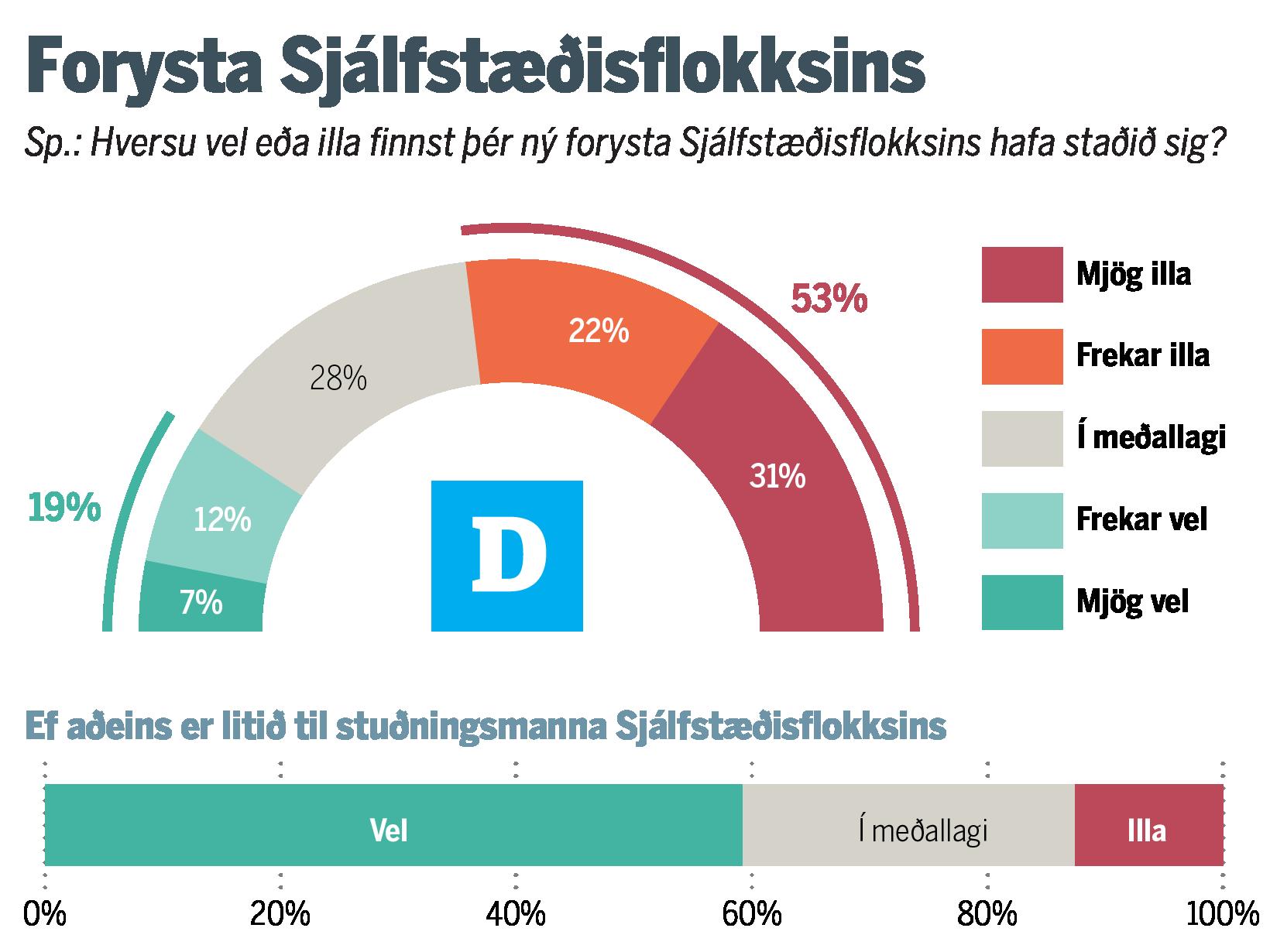Musical walk through Amsterdam, from the IJ to the Rijks
/s3/static.nrc.nl/images/gn4/data132793177-d1910c.jpg)
Composer Hawar Tawfiq was born in Iraqi Kurdistan and received Dutch nationality twelve years ago, fifteen years after he arrived here. On a foggy autumn day in 1998 he saw Amsterdam for the first time. He has imprisoned the overwhelming, labyrinthian impression that the city left with him in his latest work. Tawfiq wrote rich For Groot Orkest on the occasion of the 750th anniversary of Amsterdam. In the NTR Saturday Matinee, the world premiere, through the Radio Philharmonic Orchestra and Chef Karina Canellakis, was in a program with Ravels also Piano concert in G and Bartóks The wooden prince.
Tawfiq, raised in the Western classical tradition, impressed his orchestra works in recent years. He has an attractive, colorful and versatile idiom, in which influences of Kurdish folk music also resound. He only got to know those Kurdish songs in the Netherlands. The combination of complex composition techniques and folk music melodies has Tawfiq in common with Bartók and also with the early Stravinsky of the Ballet Russeswhich Rijks reminds.
Bold solo works
The remarkable typography is a merger of the start and end point of the Amsterdam walk that Tawfiq explains in his work. From the fog and the ships on the IJ we walk to the Rijksmuseum, which symbolizes culture and history. It is real program music: the mysteriously swelling and decreasing opening agreements are reminiscent of fog and waves, then a brilliant spuned alto whistle solo plays the lonely, overwhelming hiker. This solo covers just about a third of the total duration of less than fifteen minutes: quite daring, but it works. The merger of orchestrative nubs and striking solos also previously signed work by Tawfiq, such as his Bosch Requiem and MC Escher’s Imagination For the KCO.
More beautiful solos followed, including Van Hoorn and Bas Clarinet, while the orchestral device repeatedly rolled with its muscles, but then recovered gas again: the busy city as dynamic and multi -colored, but also threatening organism. Only at the end did the brake go off, with pounding Stravinskian rhythms and a thunderous ‘blow of surprise’ at the Rijks. For example, Tawfiq again convinced with beautiful sound painting and an original clear shape.
Lightning fast patterns
Subsequently, Cédric Tiberghien joined to solo in Ravels Delicious Piano concert in G. The secure mechanism of lightning -fast patterns in the opening part tingled, stimulating the subtle dissonants, the coordination with the orchestra was great. In any case, Tiberghien and Canellakis clearly had a click, which led to a perfectly balanced sound image in which Tiberghiens clear, full tone came into its own. Although the nicest was the unaccompanied piano solo at the start of the Adagio – as if we were suddenly in the mouse -silent room with an intimate recital.
Tiberghien also created that atmosphere in his encore, with Debussy’s loved one La Cathédrale Engloutie. I’ve never heard DEDIED PRELUUDE so beautifully. Tiberghien slowly conjured up the sunken cathedral in full glory, complete with pure clock, and tenderly covered it with babbling waves: a breathtaking highlight of the afternoon. After so much compact beauty, the ballet music did The wooden prince Van Bartók, although it also has many beautiful moments, a bit lengthy.

/s3/static.nrc.nl/images/gn4/stripped/data131554944-9278a6.jpg|https://images.nrc.nl/ktR1DFV5TJSfQogyMXxdmdsR6HU=/1920x/filters:no_upscale()/s3/static.nrc.nl/images/gn4/stripped/data131554944-9278a6.jpg|https://images.nrc.nl/XL_xzz6BjwQeu4xQGG2OnVRyXqs=/5760x/filters:no_upscale()/s3/static.nrc.nl/images/gn4/stripped/data131554944-9278a6.jpg)
:format(webp)/s3/static.nrc.nl/wp-content/uploads/2024/08/12121414/data120125251-3ecf53.jpg)
:format(webp)/s3/static.nrc.nl/images/gn4/stripped/data120593855-12eb08.jpg)



